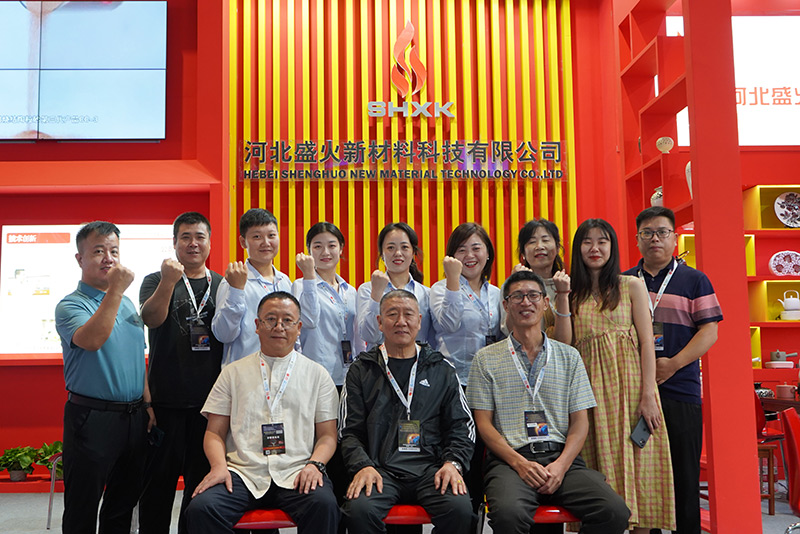Sand Casting in China A Traditional Technique with Modern Applications
Sand casting, one of the oldest and most widely used metal casting techniques, has played a crucial role in China's manufacturing landscape. As a method that involves pouring molten metal into a sand mold to create intricate shapes and designs, sand casting offers remarkable versatility and cost-effectiveness, making it an ideal choice for various industries.
Historical Background
The roots of sand casting in China can be traced back thousands of years. Ancient Chinese craftsmen employed this technique to create bronze artifacts and weaponry, showcasing their advanced metallurgical knowledge. Over the centuries, sand casting has evolved, but its fundamental principles remain unchanged. Today, China stands as one of the world's leading countries in sand casting production, catering to both domestic and international markets.
Advantages of Sand Casting
One of the significant advantages of sand casting is its ability to produce a myriad of shapes and sizes, from small components to large industrial parts. The process is adaptable, allowing manufacturers to create complex geometries that would be difficult to achieve with other casting methods. This capability is particularly vital in industries such as automotive, aerospace, and construction, where precision and custom designs are paramount.
Moreover, sand casting is cost-effective. The materials used—primarily sand, clay, and water—are often readily available, and the production process requires less initial investment compared to more advanced casting technologies. This economic benefit makes it an attractive option for both small businesses and large-scale manufacturers.
sand casting china

Technological Advancements
While traditional sand casting relies on human expertise, modern technology has significantly enhanced the process in recent years. The introduction of computer-aided design (CAD) and computer-aided manufacturing (CAM) has streamlined mold design and production, ensuring greater accuracy and reducing the time required to bring products to market. Additionally, advancements in 3D printing technology have revolutionized mold creation, enabling manufacturers to produce complex designs without the need for costly and time-consuming tooling.
China's sand casting industry has embraced these innovations, resulting in higher quality products and more efficient production methods. Manufacturers can now meet the growing demands for precision components in industries driven by technology and innovation.
Environmental Considerations
As the global focus on sustainability intensifies, the sand casting industry in China is also adapting to meet environmental standards. Many manufacturers are implementing green practices, such as recycling sand and reducing waste, to minimize their ecological footprint. The use of eco-friendly materials and the adoption of cleaner production techniques are becoming standard practices to ensure compliance with international environmental regulations.
Conclusion
Sand casting remains an integral part of China's manufacturing sector, combining traditional techniques with modern advancements. The unique advantages it offers, including cost-effectiveness, versatility, and adaptability, ensure its continued relevance in today's competitive landscape. As China continues to innovate and align with global sustainability goals, the future of sand casting looks promising, positioning the country as a key player in the global manufacturing arena. Whether for automotive parts, industrial valves, or intricate artistic creations, sand casting will undoubtedly continue to play a vital role in shaping the future of production in China and beyond.
Post time:Aza . 15, 2024 18:53
Next:sand cast industries
